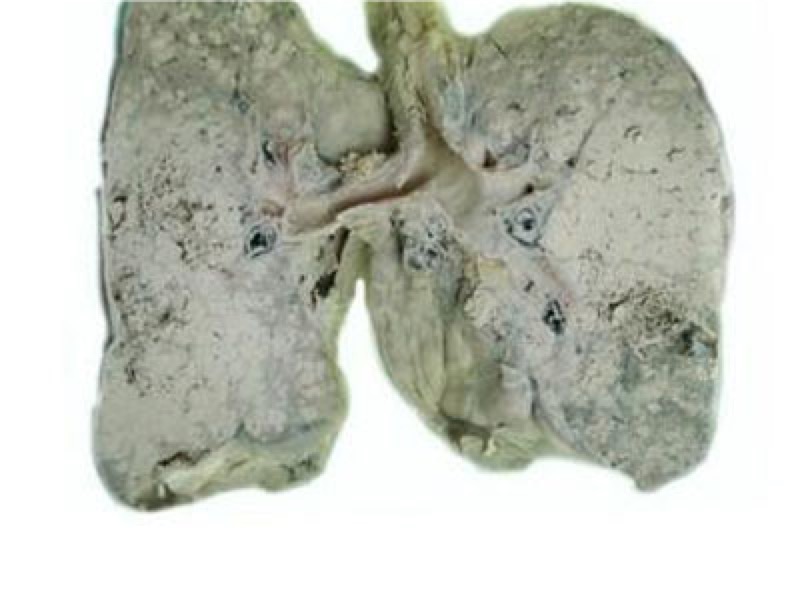Anastomotic stenosis after rectal cancer surgery
Anastomotic stenosis is a more common anastomotic complication after colorectal surgery, because the difference in the type of diagnostic colorectal surgery will lead to anastomotic stenosis after surgery, then anastomotic stenosis after rectal cancer occurs What should I do? 
After confirming the type of colorectal anastomotic stenosis through imaging examination, reasonable and effective treatment can be given according to different types of stenosis. Membrane stenosis is relatively simple as described above. However, if it is a tubular stenosis, it is relatively difficult to handle. First, if it is a rectal stenosis, you can use an electric knife to cut the stenosis ring under anesthesia and then expand it with a dilator to prevent stenosis again. Because the treatment of tubular stenosis is relatively difficult, it is necessary Patiently dilate with dilators of different thicknesses gradually, replace the thicker dilatation tube after 1~2 weeks, until it is satisfactory, stenosis generally does not occur after 6 months of dilation, and the upper rectum that cannot be reached through the anus requires electronic Colonoscopic narrow incision and repeated balloon dilation.
For patients with intestinal obstruction caused by anastomotic stenosis after colorectal cancer surgery, you can use an electronic colonoscope to place the alloy stent in the stenosis to relieve the obstruction symptoms. Treatment of anastomotic stenosis is given, and patients with unsuccessful stent placement require emergency colostomy. The principle of treatment for anastomotic stenosis is to save life, relieve symptoms, treat symptomatically, and give definitive treatment after the condition is stable. The ultimate method for the treatment of tubular anastomotic stenosis is to remove the anastomosis and then reconstruct the gastrointestinal tract. For rectal cancer after anastomotic stenosis, there have been studies using an anastomotic device to perform scar resection and reconstruction of the stenotic segment. The procedure is simple and convenient, and the effect is accurate. Choosing the right case can achieve good results.
Another special anastomotic stenosis is the complete occlusion of the anastomosis, which is often a preventive ostomy patient. Because of the cost of rectal anastomosis, there is no routine digital rectal examination for the patient during the re-examination. Monthly re-examination prepares to accept the operation and makes the anastomosis completely occluded. It is very important for such patients to carry out careful imaging examination to determine the center point of anastomotic stenosis, which is the key factor for the correct treatment of such anastomotic stenosis.
Related Articles

- Early Signs of Bladder Cancer
- What are the early symptoms of bladder cancer?
- 2020-12-17

- How to prevent depression
- How to prevent depression?
- 2020-12-17

- Early symptoms of lung cancer
- 2020-12-17

- Symptoms of depression
- What are the symptoms of depression?
- 2020-12-17

- Drinking water can prevent heat stroke
- Actually, the hot weather is not the direct cause of heat stroke. Heat stroke is mostly caused by sweating caused by heat. Under the high temperature in summer, the body sweats tens of tim
- 2020-08-03

- Office workers should beware of cervical spondylosis
- Cervical spondylopathy is mainly caused by degeneration of cervical intervertebral disc and hyperostosis of cervical spine, with neck and shoulder pain, numbness of upper extremities and d
- 2020-08-03
